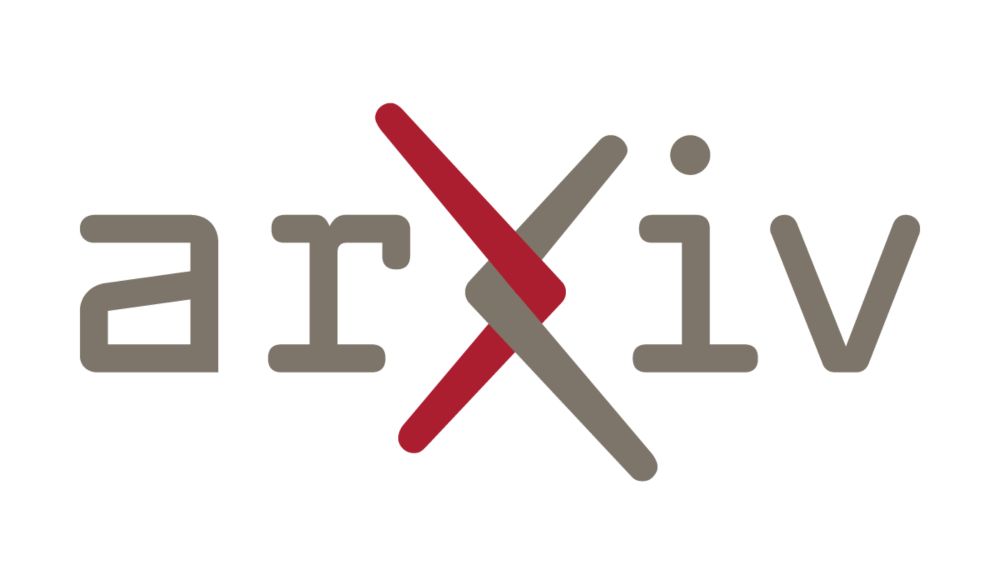Probably head first!
27.02.2025 03:05 — 👍 0 🔁 0 💬 0 📌 0
The obvious future direction is to figure out how to get a relativistic model -- i.e., recover general relativity rather than just Newton's law. Can this be done? TBD...
26.02.2025 19:44 — 👍 1 🔁 0 💬 1 📌 0
In brief: the models have free parameters. In some regimes, the emergent gravitational interaction is indistinguishable from the usual picture involving gravitons. But in other regimes, the thermal fluctuations are large, and you can look for this in experiments.
26.02.2025 19:44 — 👍 1 🔁 0 💬 1 📌 0
The basic idea is like two pistons being pushed around by an ideal gas. In our model, the pistons are massive objects, and the gas is the collection of thermalized qubits/oscillators.
This is mostly a proof-of-concept construction, but the phenomenology is really interesting, and probably general.
26.02.2025 19:44 — 👍 0 🔁 0 💬 1 📌 0
To do this you have to make a detailed microscopic model. In ours, there's a bunch of qubits or oscillators, and the frequencies of these depend on where massive objects are. You can engineer this so that if the qubits are thermalized, this frequency dependent coupling gives a 1/r^2 force.
26.02.2025 19:44 — 👍 0 🔁 0 💬 1 📌 0
Jacobson and Verlinde famously suggested that gravity could come from some kind of thermal or "entropic" interaction. But their proposals were basically classical; they don't give enough details to figure out what happens when quantized matter couples to gravity.
Our goal was to figure this out.
26.02.2025 19:44 — 👍 0 🔁 0 💬 1 📌 0
People tell me that the technical discussion here is better than twitter these days. So let me try that out. Here's a sort of explainer on the paper:
26.02.2025 19:44 — 👍 0 🔁 0 💬 1 📌 0

On the quantum mechanics of entropic forces
It was conjectured thirty years ago that gravity could arise from the entropic re-arrangement of information. In this paper, we offer a set of microscopic quantum models which realize this idea in det...
Gravity could come from gravitons, like light comes from photons. Or maybe, like sound waves in a gas, it could come from the entropic dynamics of some microscopic thermal system.
But could that really work? And could it be tested?
We think so.
arxiv.org/abs/2502.17575
26.02.2025 19:44 — 👍 6 🔁 1 💬 1 📌 0
28.01.2025 18:00 — 👍 0 🔁 0 💬 0 📌 0
Almost forgot to cross post 😅
09.12.2024 20:40 — 👍 0 🔁 0 💬 0 📌 0

Classical-quantum scattering
We analyze the framework recently proposed by Oppenheim et al. to model relativistic quantum fields coupled to relativistic, classical, stochastic fields (in particular, as a model of quantum matter c...
Could gravity be "fundamentally classical"? Akira Matsumura and I analyzed Oppenheim (@postquantum.bsky.social) et al.'s proposal. tl;dr:
A. it appears to have Lorentz-covariant scattering
B. 2—>2 scattering differs at O(1) from the usual Rutherford/Newton answer
arxiv.org/abs/2412.04839
09.12.2024 20:40 — 👍 1 🔁 0 💬 1 📌 0
I know. It's painful to me
02.12.2024 23:18 — 👍 0 🔁 0 💬 0 📌 0

small mass scattering on a large mass
Look upon my TikZ, ye mighty, and despair.
02.12.2024 22:52 — 👍 1 🔁 0 💬 1 📌 0
New here! @imrankhan from the other place. 🇬🇧 in 🇺🇸. Immigrant-cubed. Into science, running, gaming, writing.
physicist (tamu), neutrino fan, runner, etc.
Physicist at Instituto de Física Fundamental (CSIC). Non-equilibrium quantum physics and topological systems.
🇲🇹 📍🇦🇹 // Quantum Physics PhD student
thinking thermodynamically @quitphysics.info
// Founder @qalypsoschool
// Startups, music and running elsewhere in spacetime.
Physics professor at Warwick University.
Founding Director of Warwick Quantum.
Let’s entangle things using gravity!
https://warwick.ac.uk/gavinmorley
physicist, quasiparticle enthusiast, associate prof at University of Twente, eternally missing the Pacific ocean || having said that...
Theoretical Physicist at UCLA Physics & Astronomy
https://kang-research-group.physics.ucla.edu
Theoretical physics. University of Massachusetts. https://websites.umass.edu/donoghue/
Physics Faculty @UCBerkeley| Quantum | https://suleymanzadelab.com/
Quantum mechanic with a lot of ontological baggage.
https://www.ucl.ac.uk/oppenheim/
Microchips, AI Safety, and Citizen Science
Quantum info & foundations @NTTResearch. Fueled by loathing of bad explanations. Seeking a rigorous definition of classical branches in many-body wavefunctions.
Lecturer of Mathematical Sciences at Queen Mary University of London (he/him)
Physics and Cigarettes (One thing old, one thing new, one thing false, one thing true)
official Bluesky account (check username👆)
Bugs, feature requests, feedback: support@bsky.app


